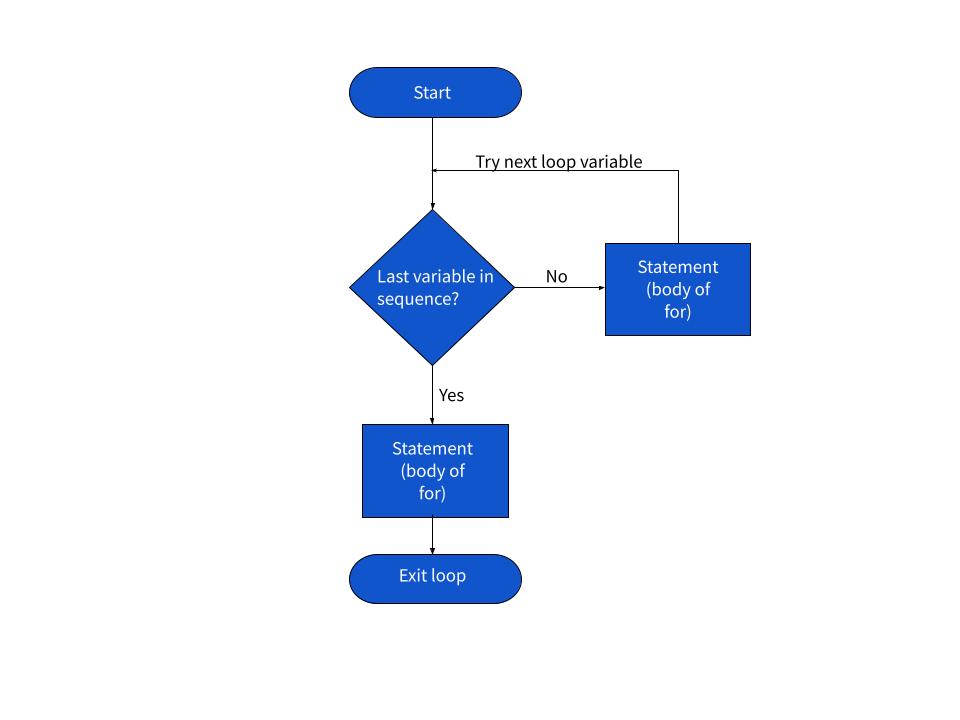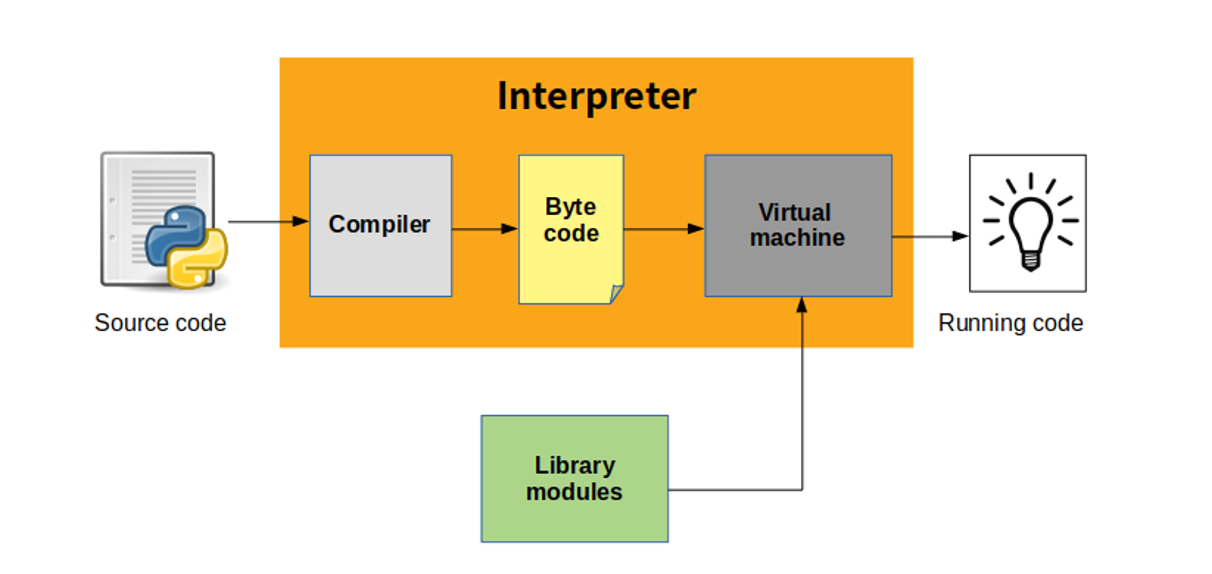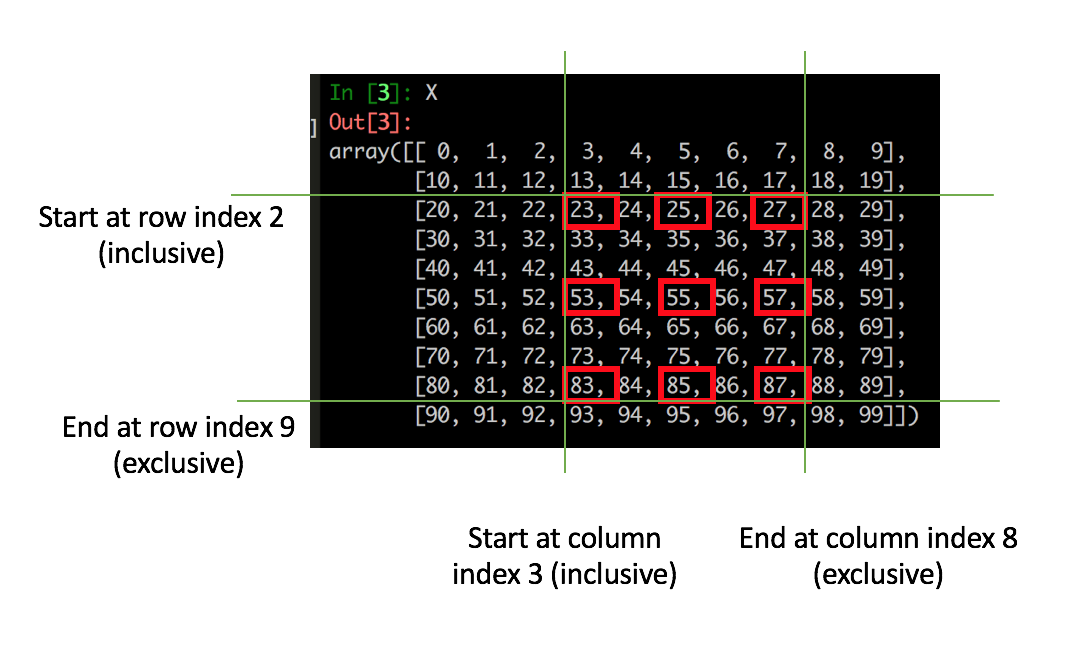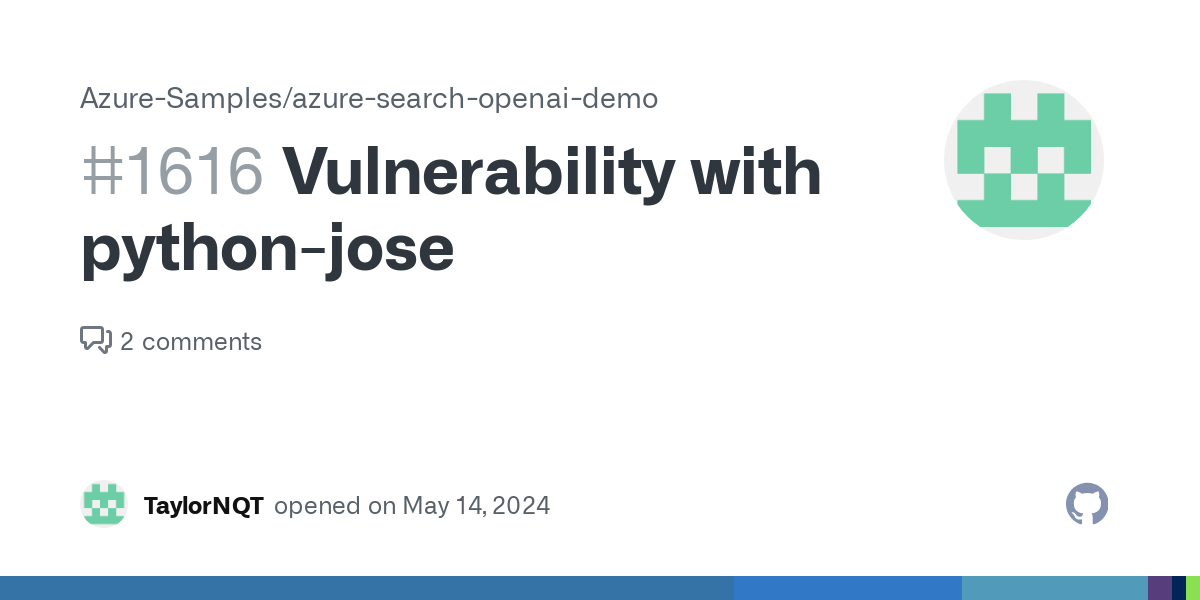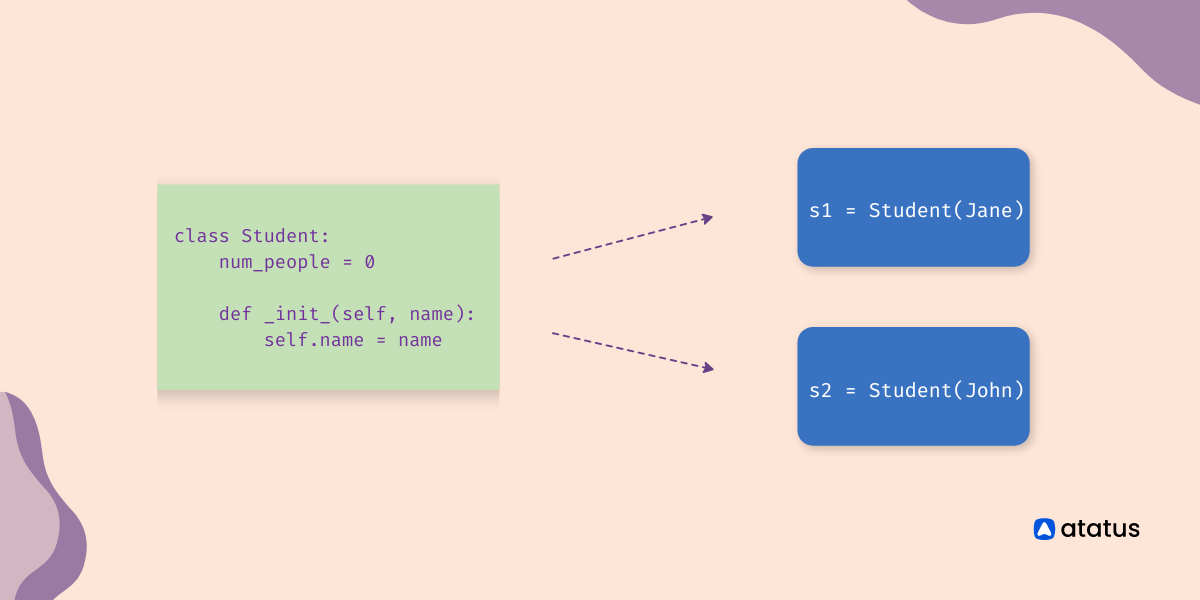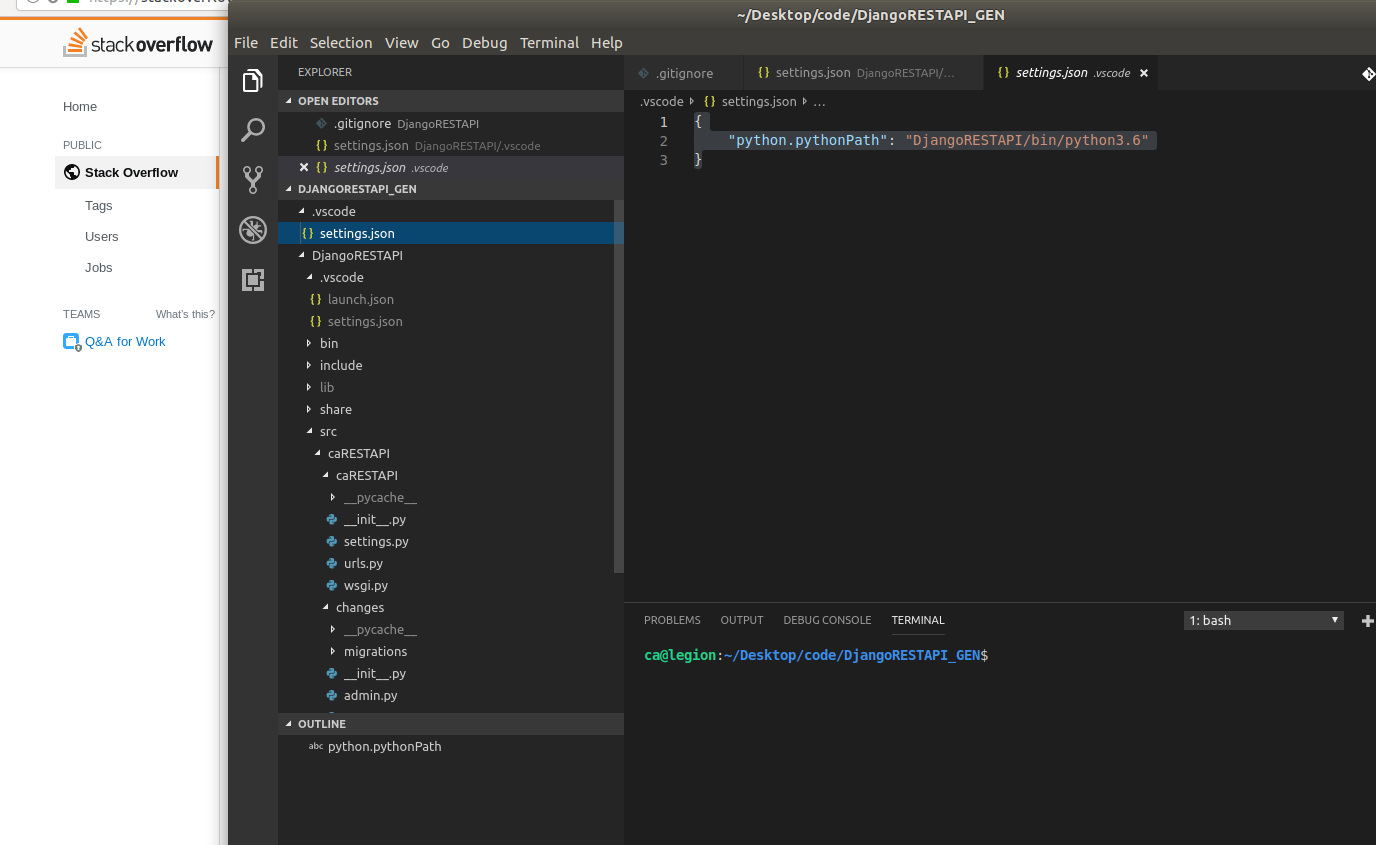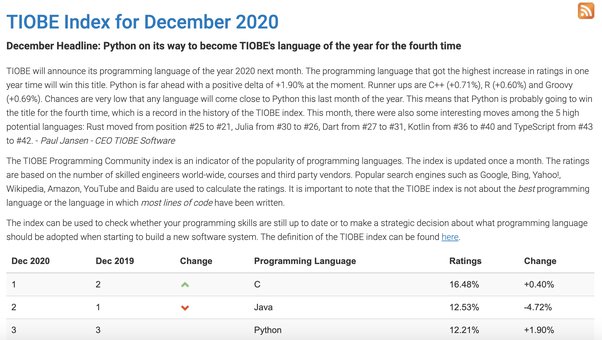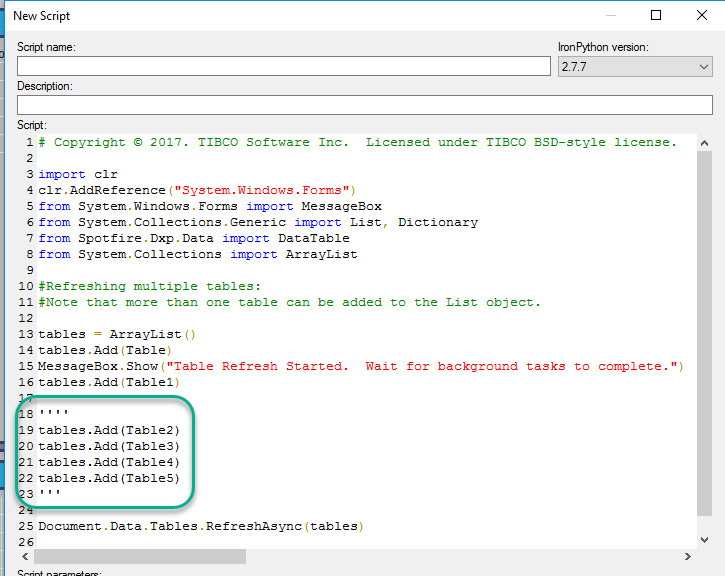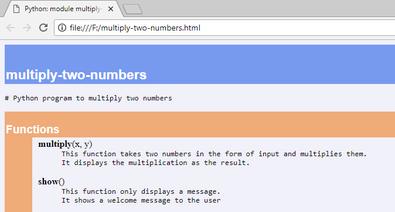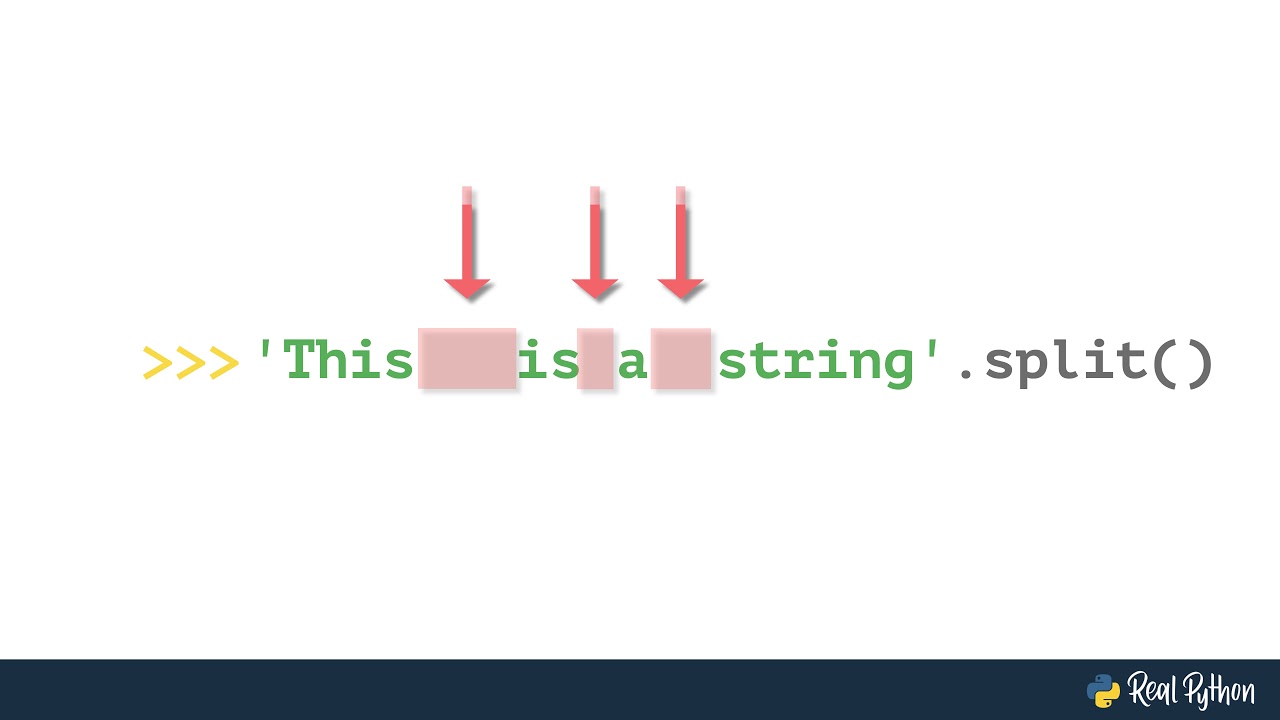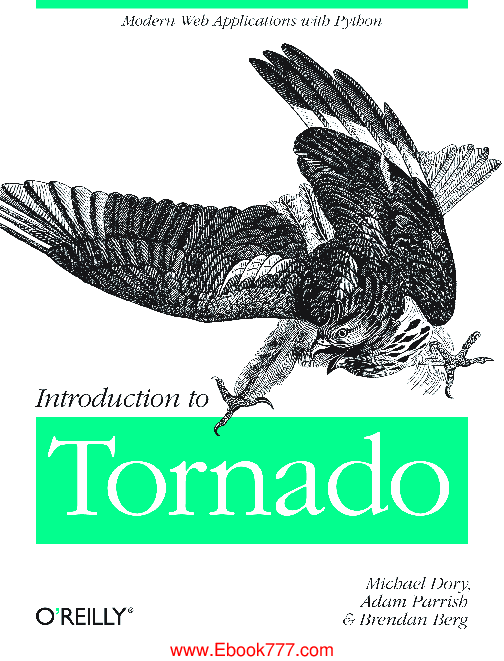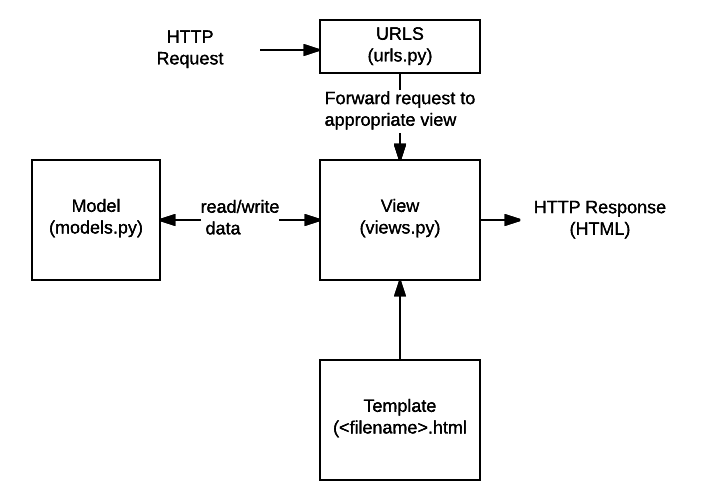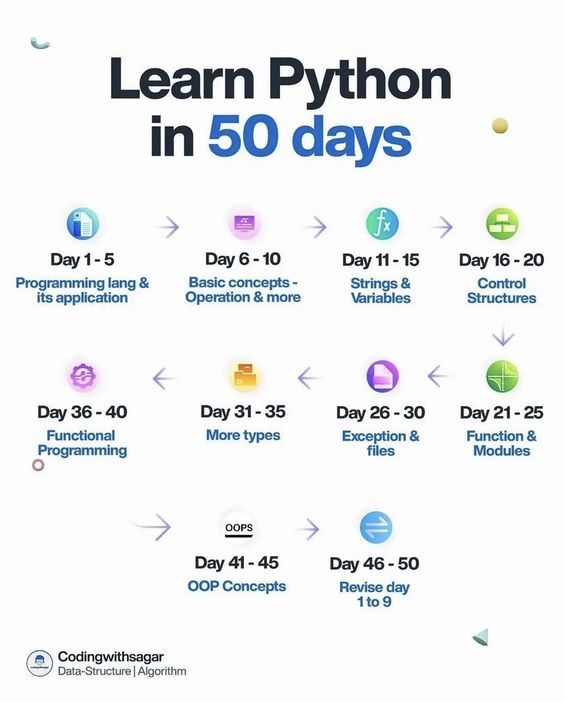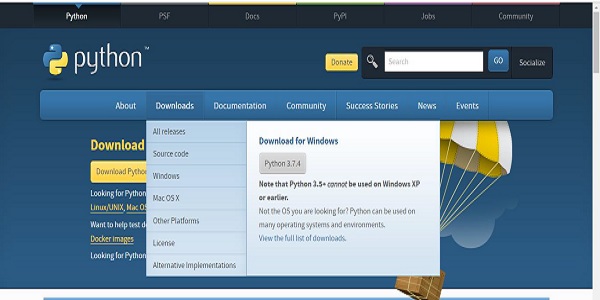What is a list comprehension list of objects in python example
What is a list comprehension list of objects in python example
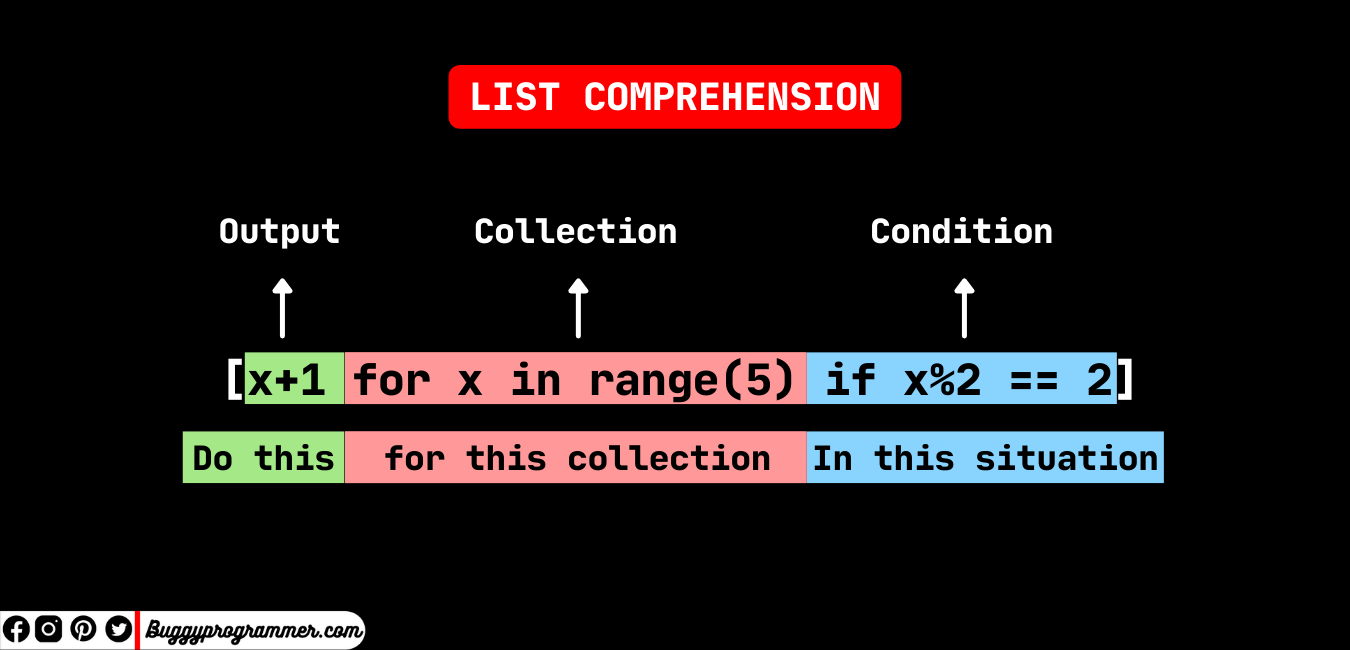
Here is an explanation and example of using list comprehensions in Python:
What are List Comprehensions?
List comprehensions are a concise way to create lists from existing iterables (like lists, tuples, or strings). They allow you to define the elements and their relationships within the list in a single line of code. This can be more readable, efficient, and easier to maintain than traditional for loops.
Basic Syntax:
The basic syntax of a list comprehension is:
[expression for variable in iterable]
Where:
expression is the operation performed on each element variable is the temporary variable used to represent each element from the iterable iterable is the sequence you want to process (e.g., a list, tuple, or string)
Example:
Let's create a list of squares of numbers from 1 to 10 using a list comprehension:
squares = [x**2 for x in range(1,11)]
print(squares) # Output: [1, 4, 9, 16, 25, 36, 49, 64, 81, 100]
In this example:
x**2 is the expression that calculates the square of each number for x in range(1,11) iterates over the numbers from 1 to 10 (exclusive) The resulting list comprehension [x**2 for x in range(1,11)] creates a new list containing the squares of those numbers
Additional Features:
List comprehensions support several advanced features:
Conditionals: You can add anif clause to filter out certain elements:
even_numbers = [x for x in range(10) if x % 2 == 0]
print(even_numbers) # Output: [0, 2, 4, 6, 8]
In this example, only even numbers are included in the resulting list.
Multiple Iterables: You can combine multiple iterables using a comma-separated list:numbers_and_letters = [(x, 'letter') for x in range(10)]
print(numbers_and_letters) # Output: [(0, 'letter'), (1, 'letter'), ...]
This creates pairs of numbers and strings.
Nested Comprehensions: You can create nested lists by using another list comprehension inside the outer one:nested_list = [[x, y] for x in range(2) for y in range(3)]
print(nested_list) # Output: [[0, 0], [0, 1], [0, 2], [1, 0], [1, 1], [1, 2]]
This creates a 2x3 grid of pairs.
Advantages and Applications:
List comprehensions are:
More readable: They often convey the intent more clearly than equivalent for loops. Faster: Python's interpreter can optimize list comprehensions more effectively than for loops. Easier to maintain: The syntax is concise, making it simpler to modify or extend your code.Common applications of list comprehensions include:
Data processing and manipulation Filtering out specific elements Converting between data types (e.g., string to integer) Creating sets, dictionaries, or other data structuresIn summary, list comprehensions are a powerful tool for creating lists in Python. They offer a concise way to process iterables while maintaining readability and efficiency.
What is list comprehension in Python for list of lists?
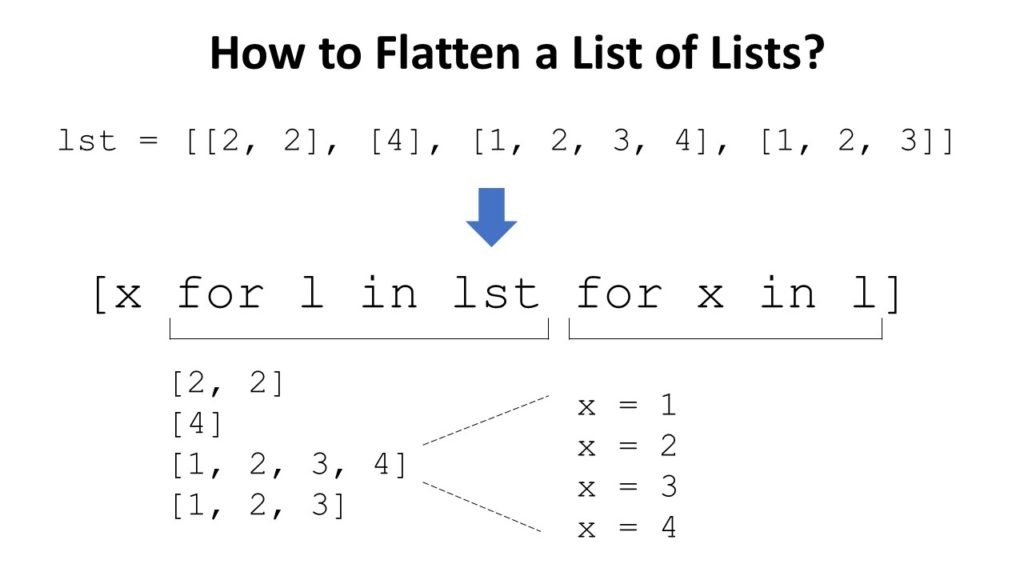
I'm happy to help!
List comprehension is a powerful feature in Python that allows you to create new lists by performing operations on existing lists or other iterable objects. In the case of a list of lists, list comprehension can be particularly useful when you need to transform or filter the sublists.
To understand how list comprehension works with a list of lists, let's start with a simple example:
outer_list = [[1, 2], [3, 4], [5, 6]]
Now, imagine you want to create a new list that contains only the even numbers from each sublist. You could do this using a for loop and if statements, but list comprehension makes it much more concise:
even_numbers = [[num for num in sublist if num % 2 == 0] for sublist in outer_list]
print(even_numbers) # Output: [[2], [4], [6]]
In this example, the list comprehension iterates over each sublist in outer_list and creates a new sublist containing only the even numbers. The resulting even_numbers list contains three sublists, each with one or more even numbers.
Here's how it works:
[num for num in sublist if num % 2 == 0]: This is the inner comprehension, which iterates over each number (num) in a given sublist (sublist). The if clause filters out any numbers that are not even (i.e., those where num % 2 != 0). for sublist in outer_list: This is the outer comprehension, which iterates over each sublist (sublist) in the original outer_list. For each sublist, it applies the inner comprehension to create a new sublist containing only the even numbers.
The resulting list comprehension expression creates a new list of lists, where each sublist contains only the even numbers from its corresponding original sublist.
List comprehension can also be used to transform or manipulate the sublists in more complex ways. For example:
transformed_list = [[str(num) + " is an even number" for num in sublist if num % 2 == 0] for sublist in outer_list]
print(transformed_list) # Output: [["2 is an even number"], ["4 is an even number"], ["6 is an even number"]]
In this example, the list comprehension not only filters out odd numbers but also transforms each even number into a string with a descriptive message.
When working with lists of lists, list comprehension can be a powerful tool for creating new lists by transforming or filtering the sublists. With practice and creativity, you'll find yourself using list comprehensions to simplify your code and achieve complex data manipulation tasks!
